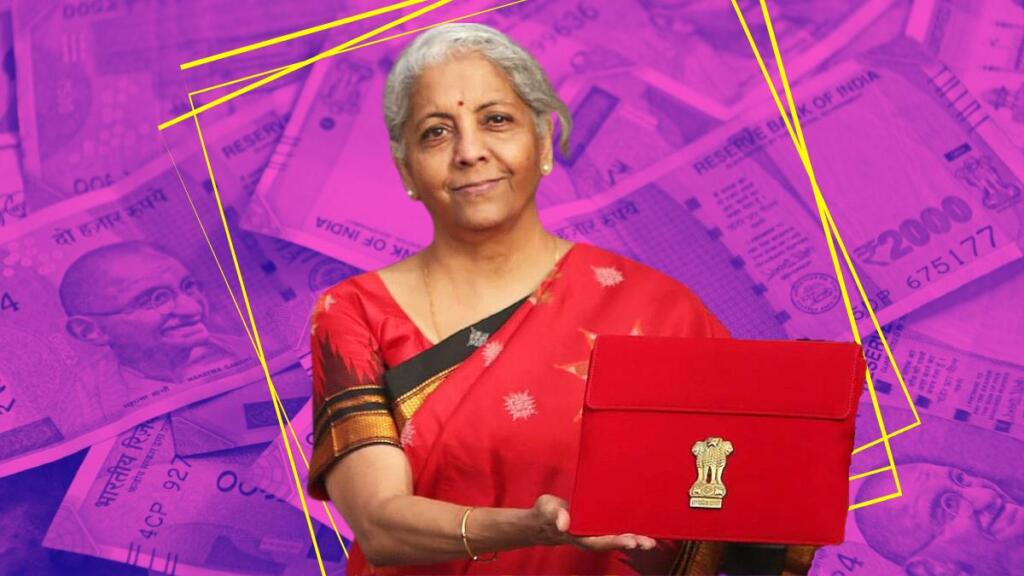The Finance Minister will present the Union Budget for 2024-25 in the Lok Sabha on July 23. The President of India has approved the government’s recommendation to call both Houses of Parliament for the 2024 Budget Session.
The budget serves as the government’s financial roadmap, outlining planned expenditures, tax policies, and economic strategies. This crucial document, referred to as the Annual Financial Statement in India’s Constitution, is meticulously prepared by the Budget Division of the Finance Ministry. It encompasses various components, including expenditure, receipts, and deficit indicators, each playing a vital role in shaping the nation’s economic future.
Understanding the Budget
The budget is more than just numbers on a page. It’s a comprehensive plan that impacts every citizen’s life. By allocating funds and setting fiscal policies, the budget influences economic growth, job creation, and social welfare programs. Furthermore, it provides transparency in government finances, allowing citizens to understand how their tax money is being spent.
Budget Objectives
Short-term Growth Target
The immediate goal is to achieve a minimum 7% growth rate, setting the stage for sustained economic progress. This ambitious target requires careful budget planning and strategic investments in key sectors.
Medium-term Aspirations
Looking ahead, the budget aims to maintain real GDP growth between 7-7.5%, fostering long-term stability and prosperity. This sustained growth is crucial for improving living standards and reducing poverty.
Fiscal Responsibility
A key objective is reducing the fiscal deficit relative to GDP, aligning with the Fiscal Responsibility and Budget Management (FRBM) target of 3% within the next few years. This commitment to fiscal discipline is essential for maintaining economic stability and investor confidence.
Employment Focus
The budget prioritizes job creation, particularly in labor-intensive sectors, to address unemployment concerns. This focus is crucial for harnessing India’s demographic dividend and ensuring inclusive growth.
Investment and Savings Outlook
To support sustained 7% growth, a real investment rate of 35% is crucial. Recent data shows the gross fixed capital formation (GFCF) at 33.5% of GDP, indicating a need for improvement. The budget must create an environment that encourages both domestic and foreign investment to bridge this gap.
Additionally, increasing household financial savings is essential to ensure accessible investment funds for the private sector. The budget may introduce measures to incentivize savings and channel them into productive investments.
Given subdued export prospects, government investment will likely play a significant role in supporting growth until export demand and private investment gain momentum. The budget must strike a balance between public spending and creating conditions for private sector growth.
Budgetary Considerations
Revenue Projections
Based on current trends, gross tax revenues are expected to exceed ₹38.8 lakh crore, with the Centre’s share estimated at ₹26.4 lakh crore after allocating the states’ portion. The budget must ensure efficient tax collection and broaden the tax base to meet these projections.
Non-tax Revenue Boost
Non-tax revenues are projected to surpass ₹5 lakh crore, bolstered by increased dividends from the Reserve Bank of India. The budget should explore additional sources of non-tax revenue to reduce reliance on borrowing.
Balancing the Budget
Expenditure Growth
Revenue expenditure growth may need to increase to 8% to accommodate higher subsidies, health spending, and rural employment programs. The budget must prioritize these essential expenses while maintaining fiscal discipline.
Capital Expenditure
A 2% growth in capital expenditure could support infrastructure expansion, aligning with medium-term objectives. The budget should focus on high-impact infrastructure projects that can boost economic growth and job creation.
Tax Rationalization
The budget may introduce tax reforms, provided they don’t significantly impact revenue. These reforms should aim to simplify the tax system, improve compliance, and create a more business-friendly environment.
Production Linked Incentive (PLI) Scheme
Expanding the PLI scheme, especially in job-creating sectors, could be considered. The budget should evaluate the success of existing PLI schemes and allocate funds to the most promising sectors.
Addressing Challenges
Global Economic Uncertainties
The budget must account for potential global economic headwinds and geopolitical tensions that could impact India’s growth prospects.
Climate Change and Sustainability
Allocating funds for green initiatives and sustainable development is crucial for long-term economic resilience.
Digital Transformation
The budget should support India’s digital economy ambitions by investing in technology infrastructure and skills development.
Conclusion: A Budget for Growth and Stability
The upcoming budget must strike a delicate balance between fostering growth and maintaining stability. By signaling commitment to FRBM targets and gradually reducing the fiscal deficit, the government can create a virtuous cycle of economic progress. This approach will help lower the debt-to-GDP ratio and interest payments, paving the way for sustained financial health and prosperity.
As India navigates complex economic challenges, the budget serves as a crucial tool for steering the nation towards its growth objectives. By carefully allocating resources, incentivizing investment, and promoting fiscal responsibility, the budget can lay the foundation for a robust and inclusive economy. Ultimately, the success of the budget will be measured by its ability to improve the lives of citizens while maintaining India’s position as a global economic powerhouse.
ALSO READ: SC New Order on Divorced Muslim Women and the Controversy
